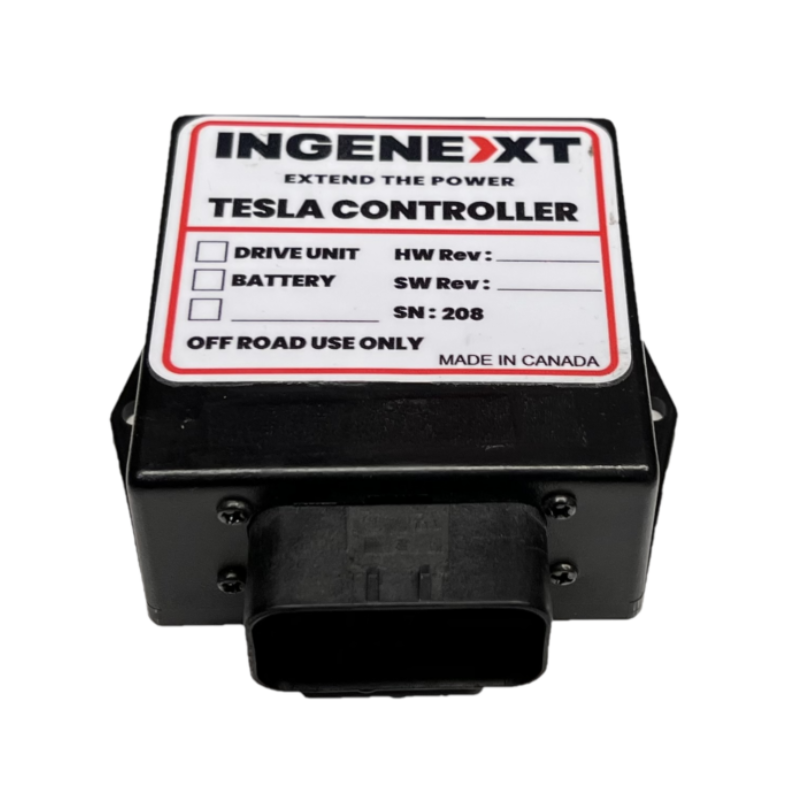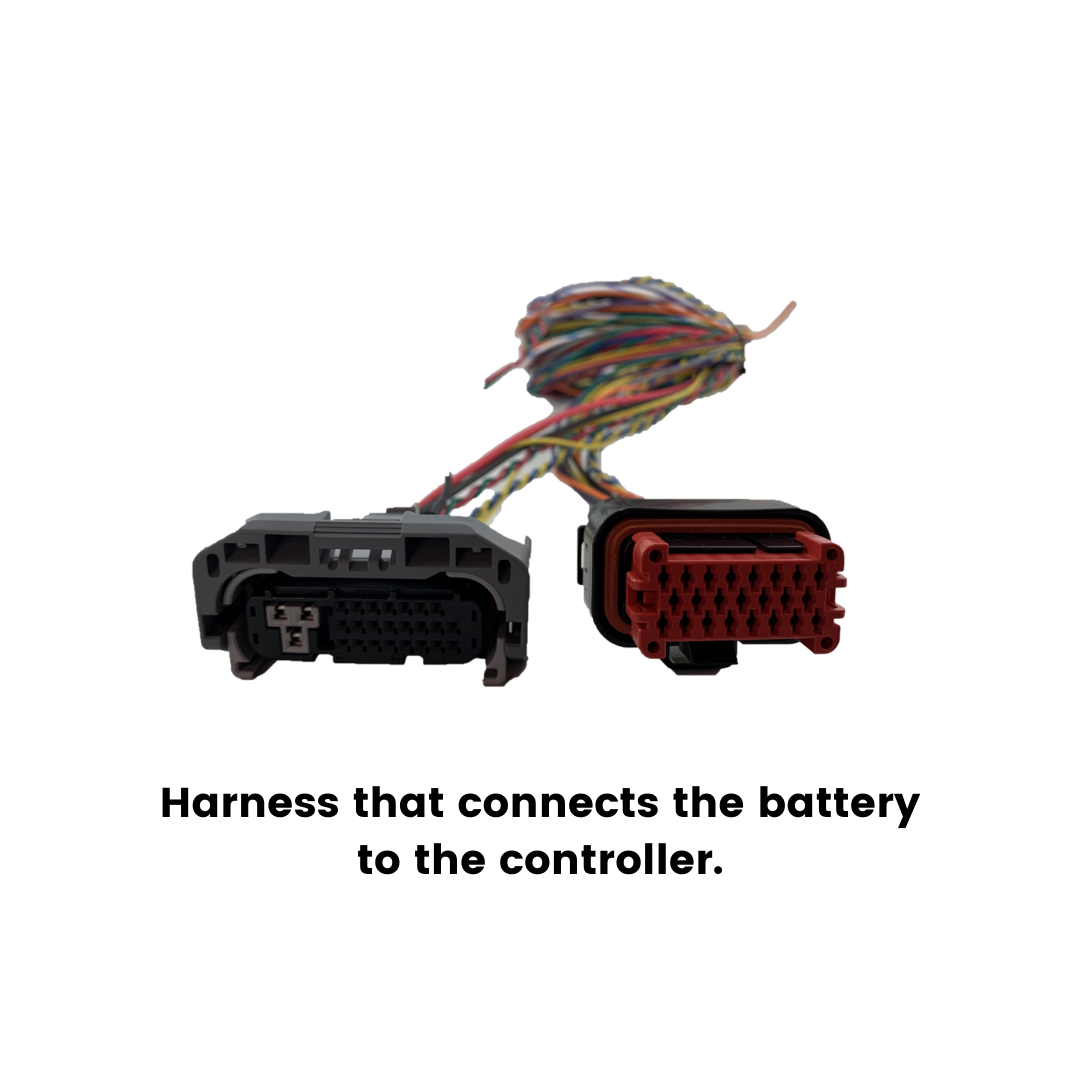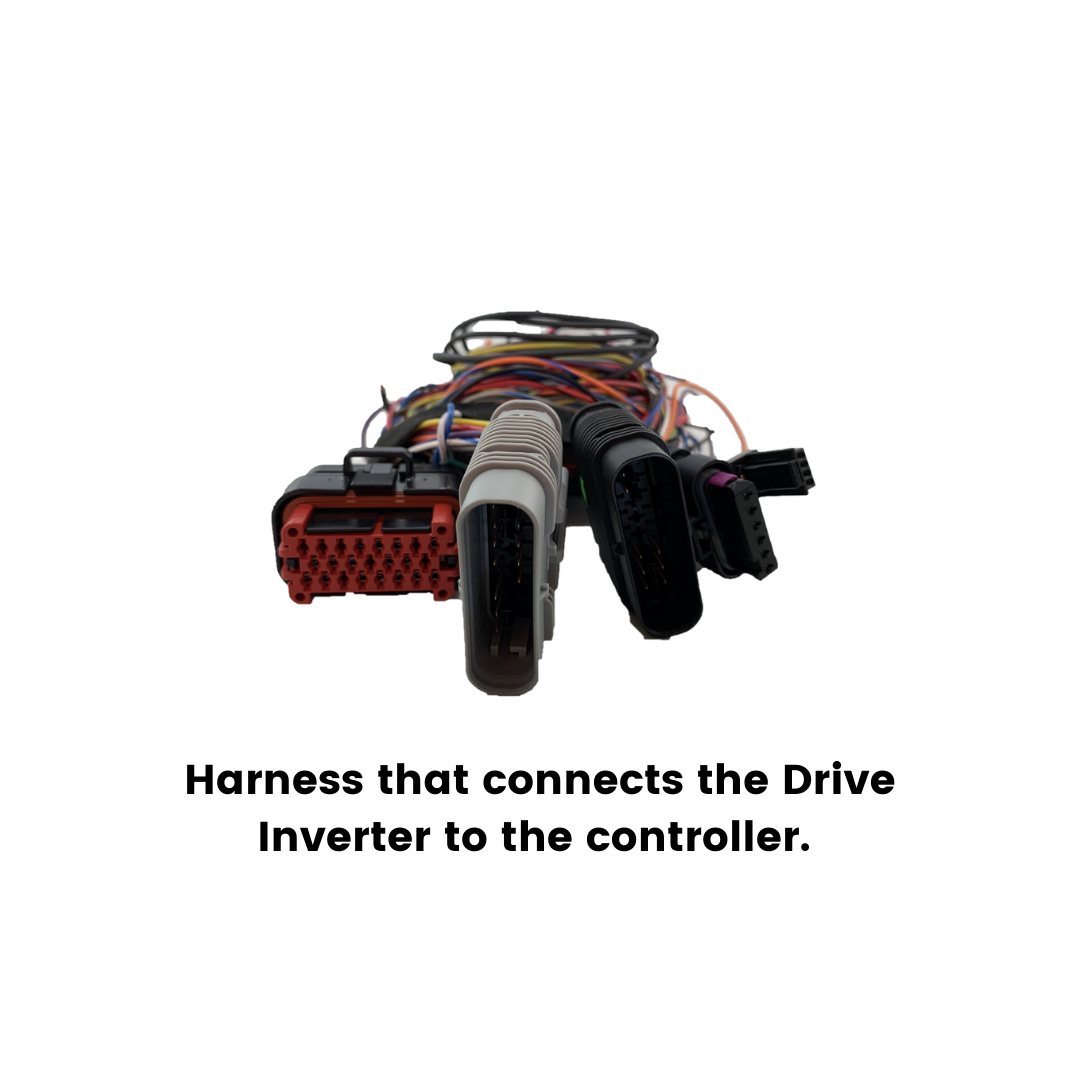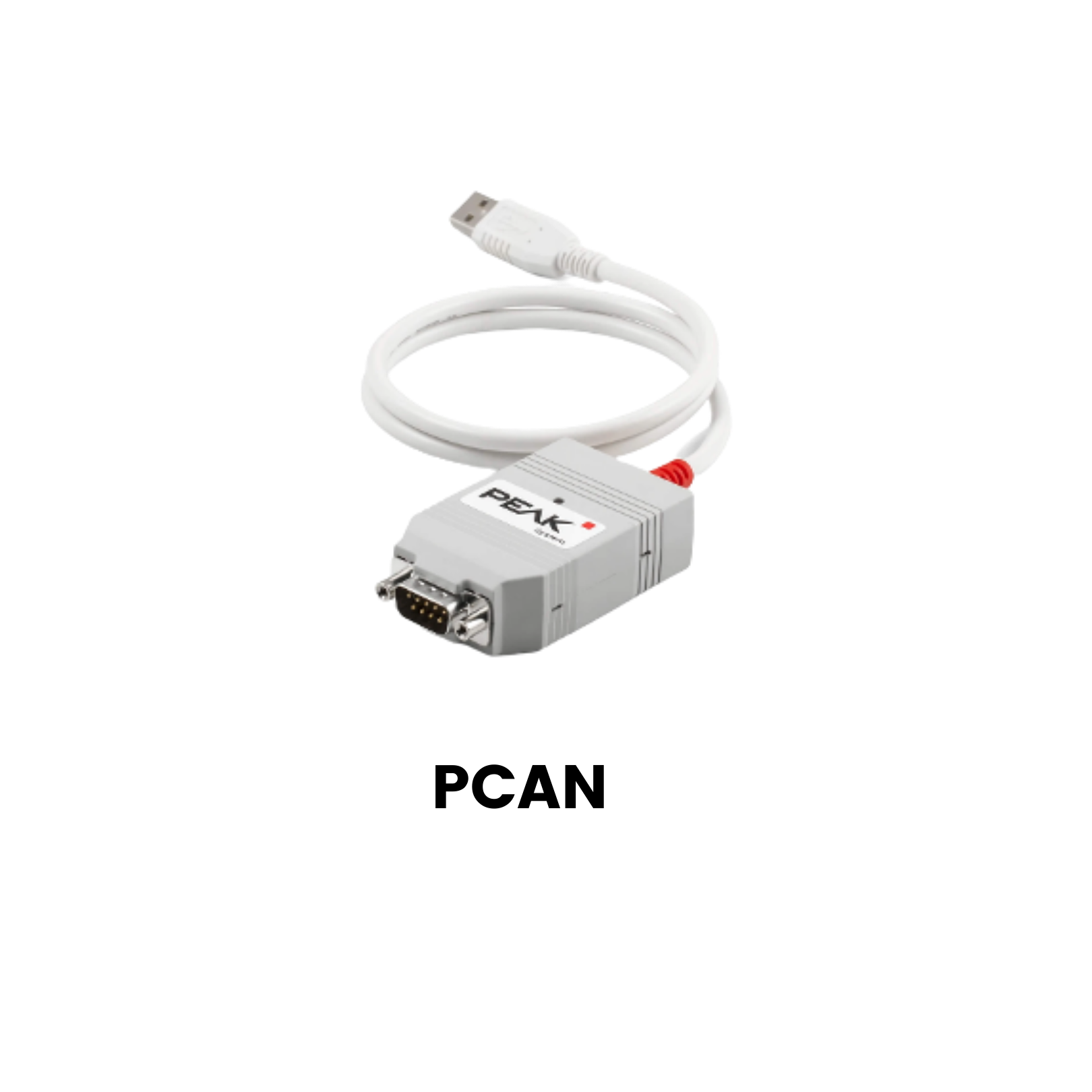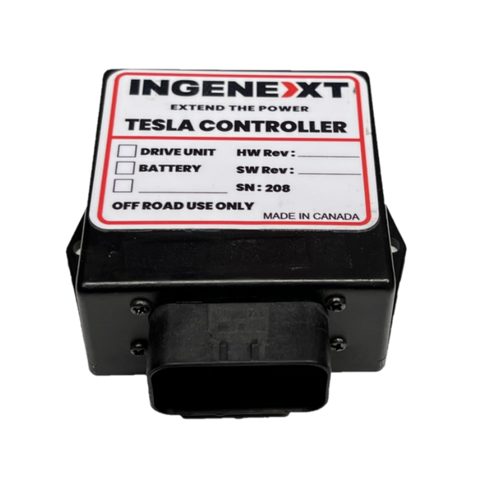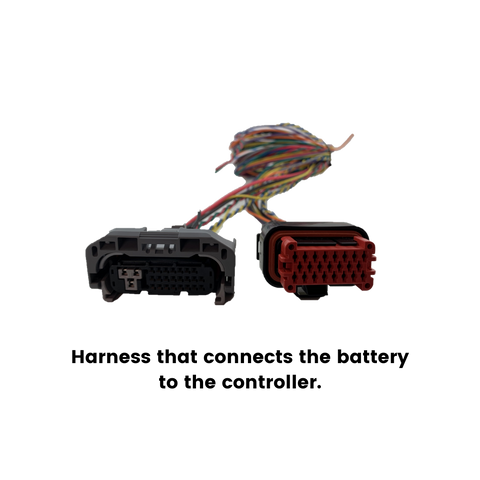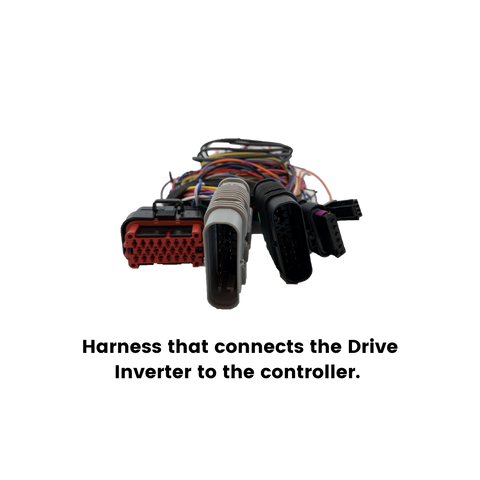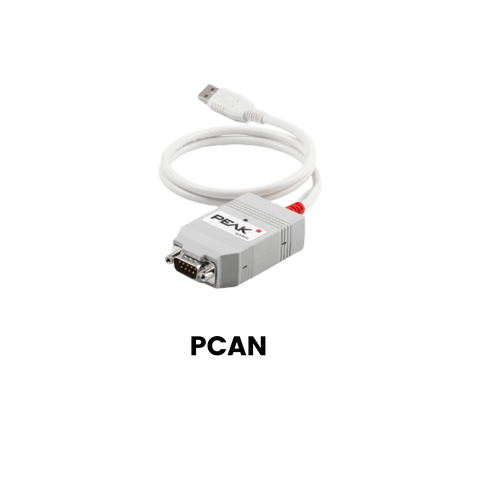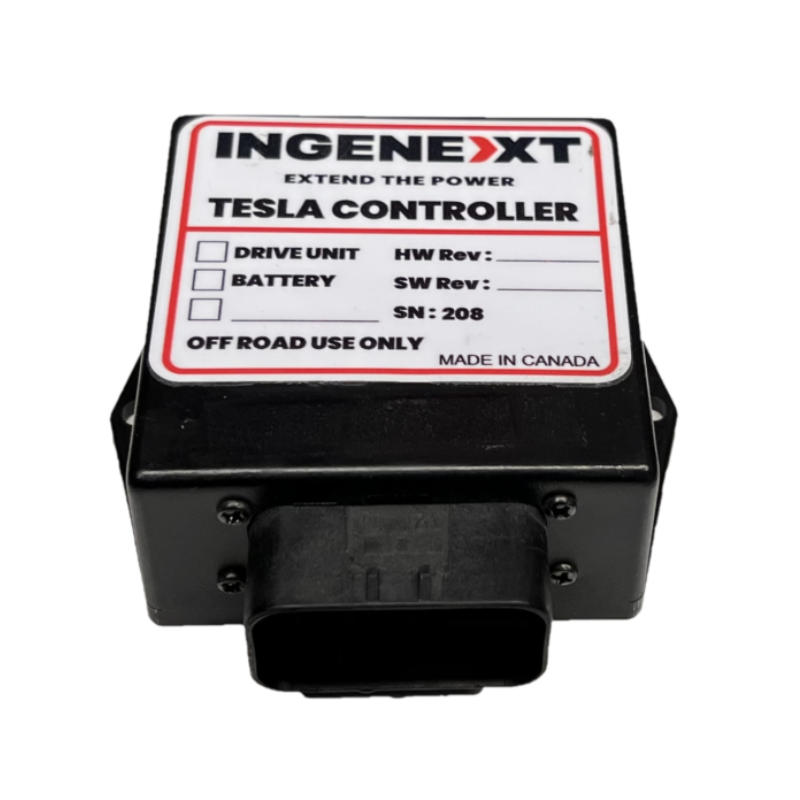- $2,285.00
- $2,285.00
- Unit price
- per
OUR CONTROLLER
Our controller allows you to use an RWD or AWD system, combined or not with the battery. For off-grid projects, you can select the battery option only.
PARTS
We can sell you your motor and battery. Contact us for more information.
SPECIFICATIONS
For off road only /
Remote programming included /
WARRANTY
1 year


